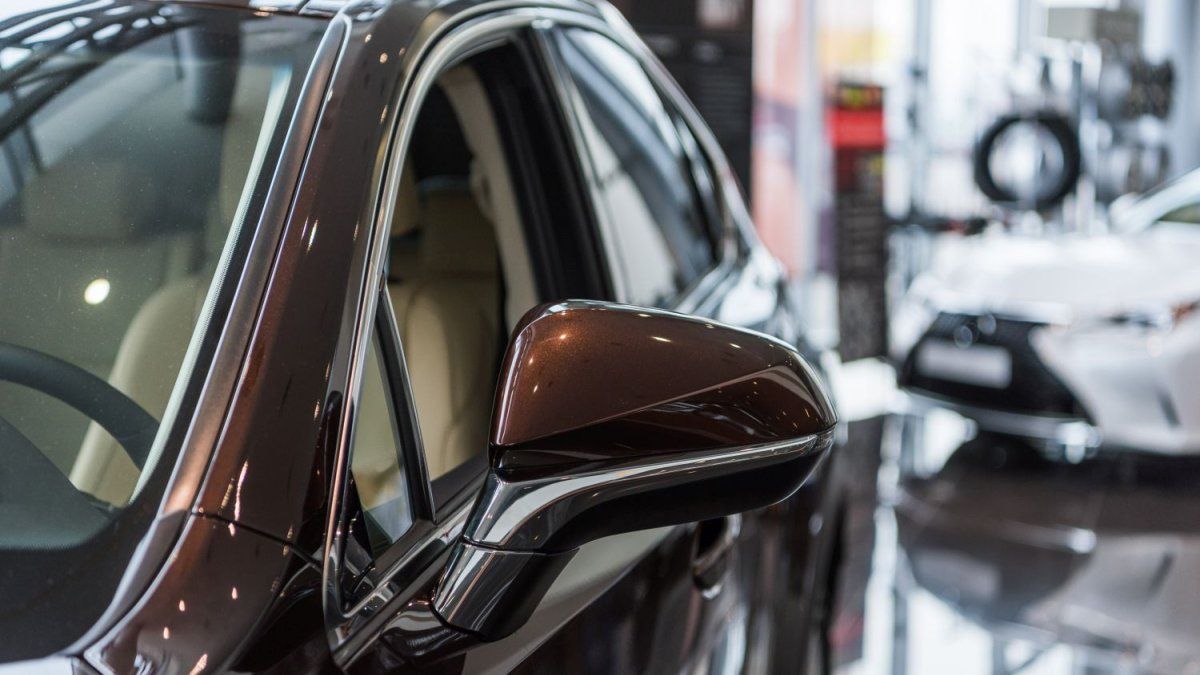Why Charlie Chaplin would have become a great alpinist, why Lügenbaron Münchhausen must have been not only very resourceful, but also strong as a bear and why it can make sense to put stones in your own path: You learn on a glacier and alpine course not only how to go from a hiker to an alpinist, but also for life. An experience report.
1. Never underestimate the approach to the hut!
Monday, 1 p.m., 2700 meters above sea level. Endless white and gray expanses, a fiery blue sky and a sun that burns mercilessly from the sky. In the valley it is 35 degrees, up here it is an estimated 20. And in the middle of the alpine picture book world: five small points, connected by a rope. That’s us, on the way from the Südwandbahn mountain station to the Simonyhütte. The ascent to the hut should take a good two hours, not even five kilometers and around 600 meters of altitude to be mastered. A walk, thinks the fit hiker – and will soon be taught better. Because with crampons, ice ax, luggage for five days in your backpack and a 50-meter rope around your shoulders, it is not quite as light-footed as usual. It quickly becomes clear: more is less good in this case. Next time you will have to cross some things off the packing list.

2. Together you are less alone
We’ve only been on the road for an hour when one of the five small dots suddenly slides down a little. It was a careless step in the firn that could have ended even worse: One of the participants fell on the glacier, for the time being there was no way of thinking about going any further. The pale alpinist aspirant is comradely supplied with glucose and water, and the affected knee is treated poorly. It’s good that the Kinesio tape has not yet been removed from the packing list. After a good twenty anxious minutes in the snow, we can breathe a sigh of relief: the helicopter stays on the ground. We’ll make it slowly but surely to our base camp for the next five days. We reach the Simonyhütte late, but – and that is the most important thing – together.

3. Charlie Chaplin would have been a great mountaineer
The mountain guide would have loved Sir Charles Spencer. How could the British silent film icon have scored points in alpine terrain? It wasn’t his hat, he should have exchanged it for a helmet. His white gloves would be useful in cooler temperatures and as sun protection, but soon get dirty. His stick might serve as a replacement pimple. But with Charlie Chaplin’s foot position, the guide’s eyes would have started to shine! During the step training on rough Dachstein limestone, we learn that a slight X in the knuckle creates optimal friction and how, by skillfully shifting the center of gravity, even steep sections downhill can be handled safely. The sore muscles in the thighs are included for free. Charlie Chaplin would have laughed into his velvet fist!

4. Leg ?? stones in your way!
Speaking of surefootedness: It’s not just about friction, but also about balance. And on strong collateral ligaments. We train the latter with an exercise that may seem a bit strange. It is said that you shouldn’t put obstacles in the way of yourself or others. In this case, yes. Each participant looks for three stones that are as flat as possible and puts them – you guessed it – in the way. So right in front of your own feet. Then it is important to balance over it as gracefully as possible. Missteps are to be avoided and one or the other squat is done automatically. Ow!

5. Cheers to the Prusik!
Give ?? Eight, knot customer! The figure eight knot is the first that the mountain guide shows us. After all, we need him when we get to the hut to join the rope team. In repeatedly interspersed lessons, skillful and attentive participants also learn how and why to tie a Prusik, what the soft eye is all about and that the fattening litter has nothing to do with pig breeding. Those who are particularly ambitious can continue practicing at the hut table in the evening. The others call out to him: Cheers to the Prusik!

6. Münchhausen must have been incredibly strong
Damn this baron of lies, woman thinks to herself as she dangles from a rope hanging over the edge of the terrain. What does Münchhausen have to do with self-rescue from a crevasse? Well, the German aristocrat, who was not always so strict about the truth, served his listeners the following story in the middle of the 18th century: He wants to pull himself and his horse out of a swamp by his pigtail and so in front of himself have saved death. Well, congratulations! What seemed to be easy for Münchhausen at the time actually requires a lot of strength. Munchausen Technique is the name of the practice with which one can allegedly save oneself from a crevasse. It’s just a good thing that the mountain guide was there to help, otherwise a participant would probably still be there today. But as is well known, no master has fallen from the sky – and probably also not into a crevasse.

7. Dead men save the living
If self-rescue does not work too well, it is best to be out with several strong mountain comrades and hope that they have already heard something about the “dead man”. At least they should if they are climbing a glacier in a rope team. This is the name of the T-anchor technique, which enables a rope team to pull one of its members out of a crevice with the help of a pimple dug in the snow, arm strength and a memorable knot system. And again it shows: A lot is easier in a team.

8. A fall also has to be practiced
What is meant is not the fall on the hut, but the one in the firn. As attentive readers already know, on soft snow it often happens faster than expected that a foot slips away. If the terrain is steep, this can result in a rapid slide. It should be ended as quickly as possible using the push-up position. Correct braking in firn is practiced in a playful way on a steep slope for an afternoon. Motivated people have the opportunity to practice the crash in the hut in the evening. However, at your own risk.

9. Pointed objects help in a tilted position
It is rough and gray, the eternal ice. Due to global warming, it is pushed back year after year, but in summer it still appears in many places at high altitudes. If you want to move safely on the steep hump of a glacier, you have to use sharp objects: crampons on your feet, pimples in your hand facing the slope. The mountain guide shows us how to properly strike the claws into the ice after they have been properly attached to the crampon-compatible shoes so as not to slip and how to properly secure them on the glacier with an ice screw or hourglass. At the end of the unit we can even take a deep look into the ice-blue giant on the Dachstein. With the newly learned technique, we take a look from the inside of the glacier, which has opened up a little for us. Impressive!

10. Schnapsen!
And no, this does not mean the excessive consumption of high-proof beverages in tiny glasses, as many a German reader, who may have gotten lost on this page, might think. Those who are out and about with a certified mountain guide from the Mühlviertel will enjoy the long, but never boring evenings at the Simonyhütte. He or she can learn the art of the traditional card game first hand. As the Upper Austrian would say: A ka Bemmerl – uh – Bummerl!

I am a 24-year-old writer and journalist who has been working in the news industry for the past two years. I write primarily about market news, so if you’re looking for insights into what’s going on in the stock market or economic indicators, you’ve come to the right place. I also dabble in writing articles on lifestyle trends and pop culture news.



